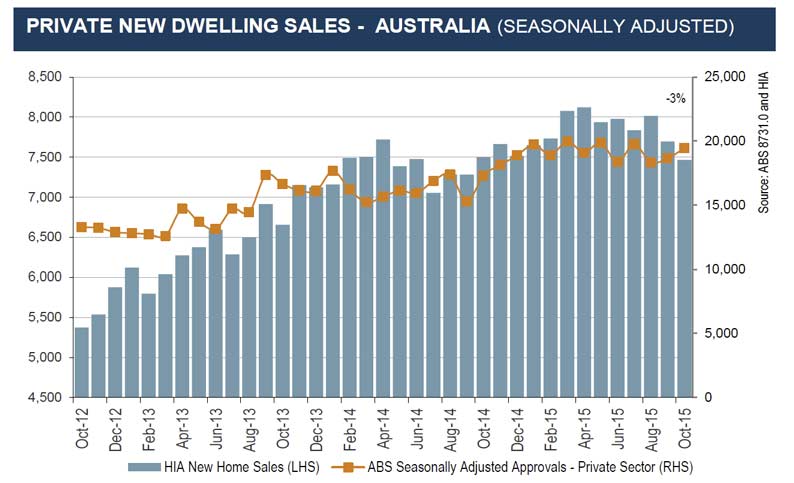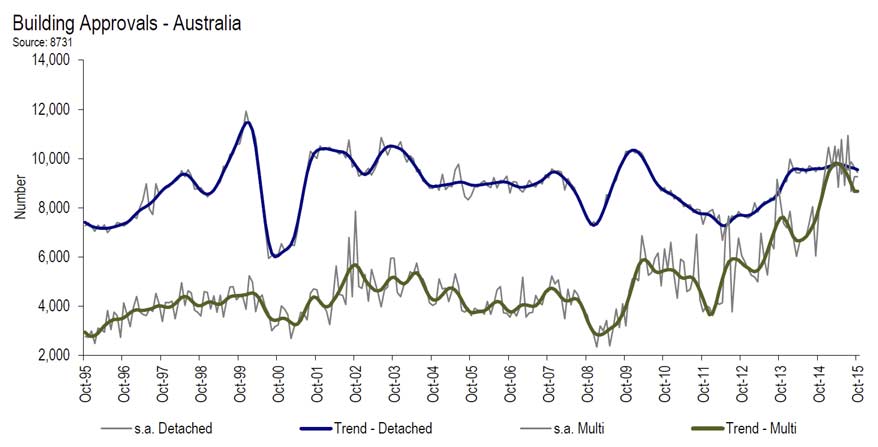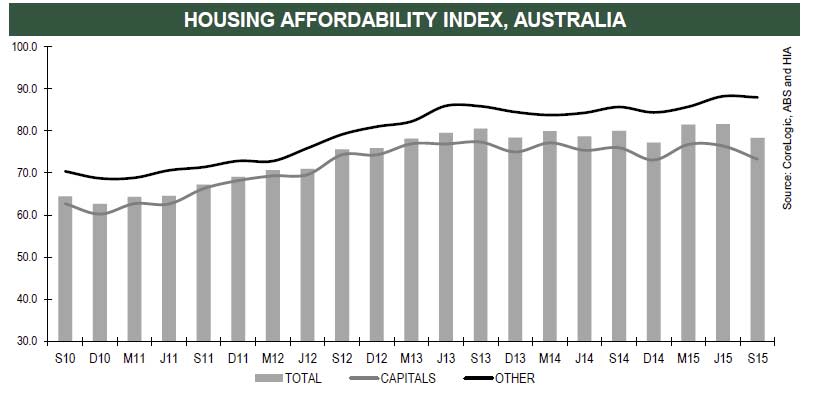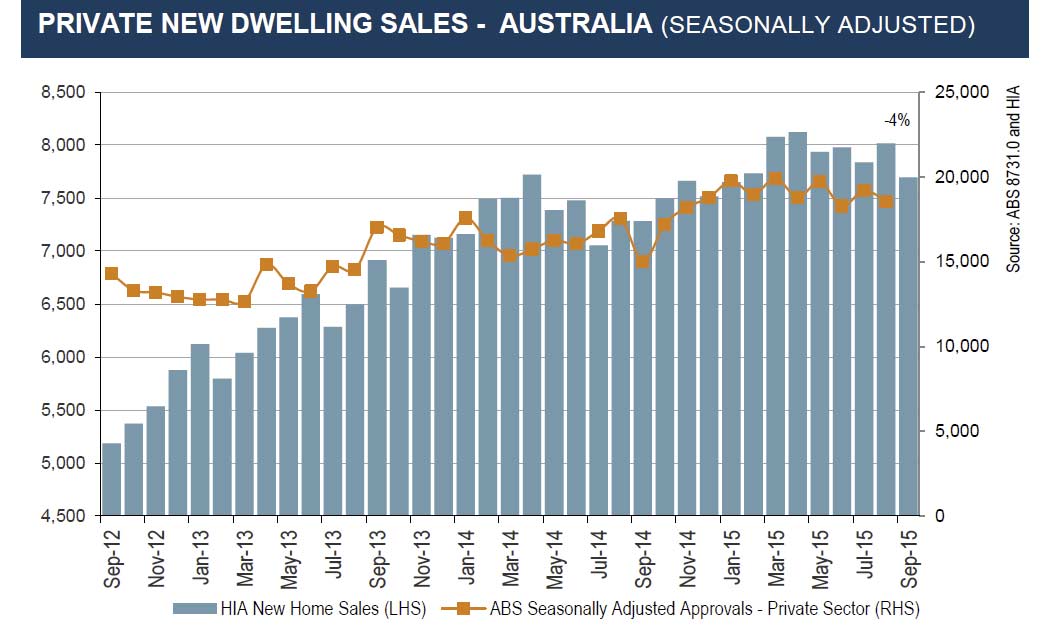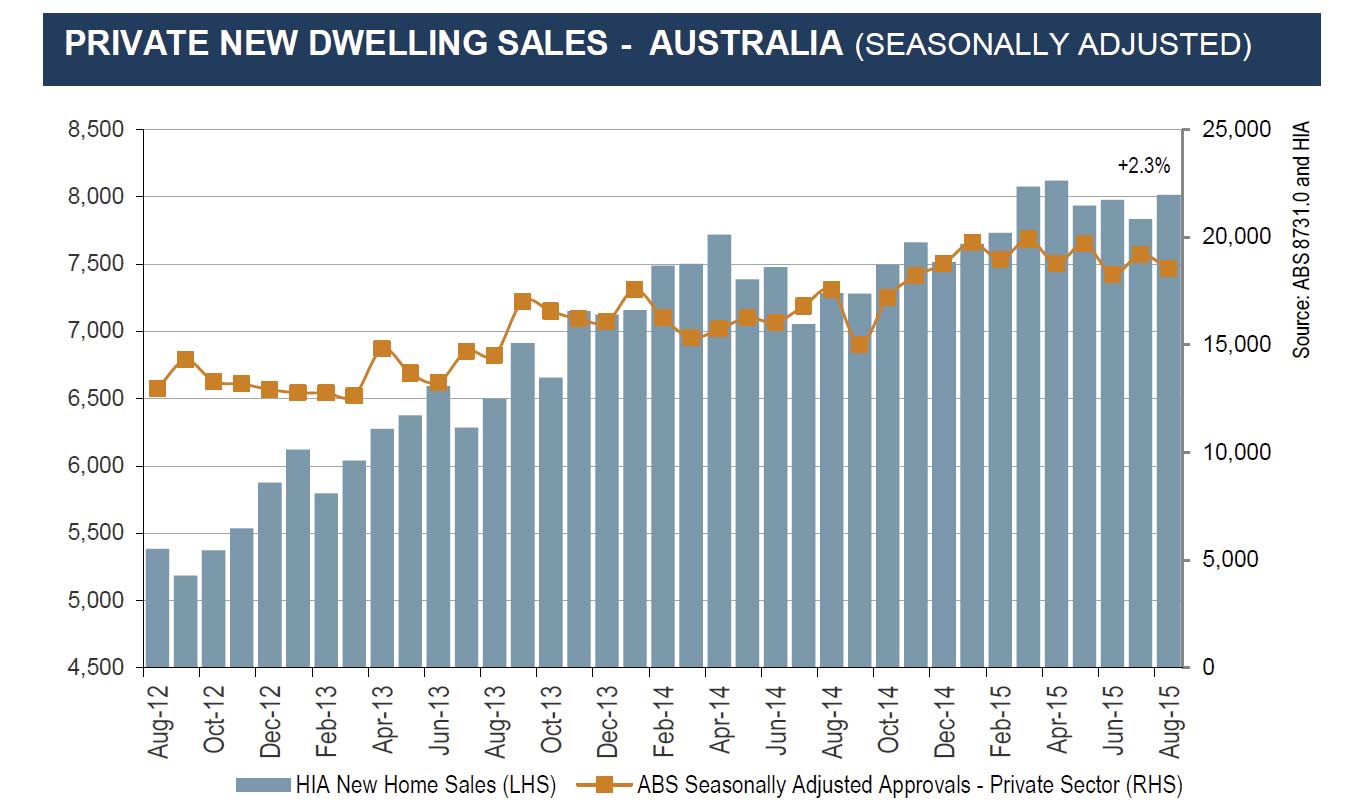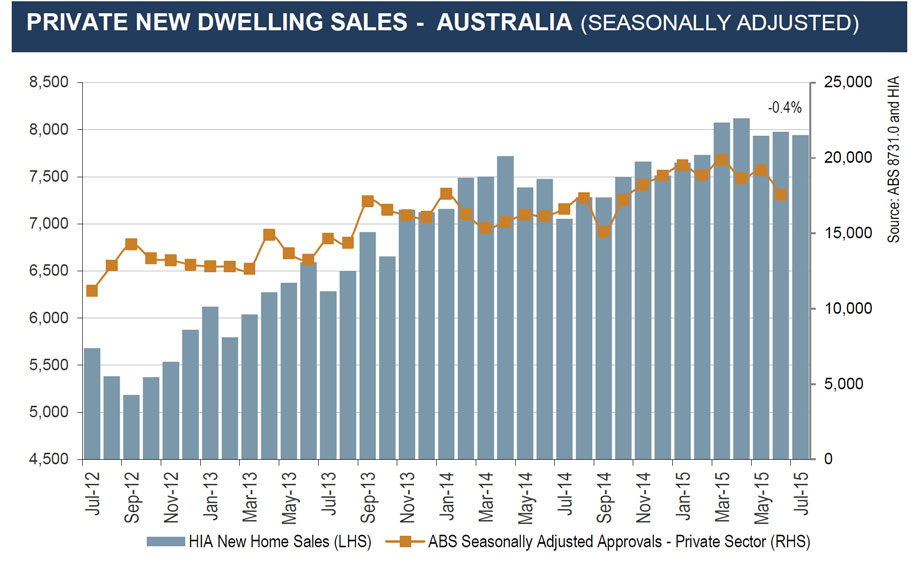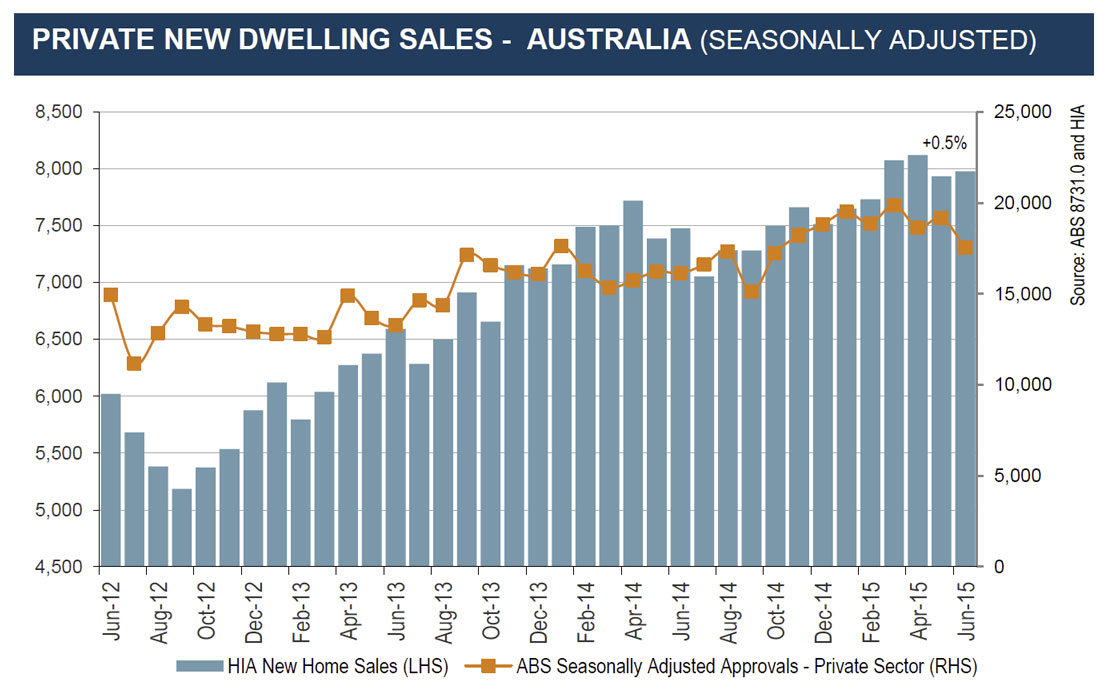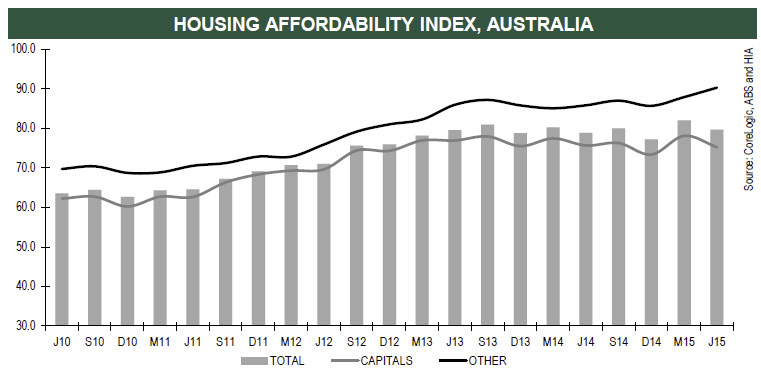Few things have as detrimental an impact as stamp duty on household finances, according to the Housing Industry Association. This is based on the results contained in the HIA’s Summer 2015 edition of Stamp Duty Watch publication.
During November 2015, the typical stamp duty bill nationally rose to $19,045 from $17,653 in June, an increase of 7.9 per cent. The cost of stamp duty is equivalent to almost four months’ worth of earnings, with stamp duty causing mortgage repayments to increase by $1,165 per year, or $34,955 over a 30-year loan term.
“The cost of stamp duty has a significant negative multiplier effect causing a downward financial spiral for households,” explained HIA Senior Economist, Shane Garrett.
“Apart from the immediate effect of being over $19,000 worse off, stamp duty results in mortgage interest payments increasing by about $15,900,”
“Damage from the tide of stamp duty doesn’t stop there. Homebuyers have smaller deposits after stamp duty is paid and must bear larger mortgage debt. As a result, significantly higher LMI charges must then be paid. On a standard home purchase of $527,000, stamp duty can push the LMI premium up by another $7,855. If that’s not bad enough, a further layer of mortgage interest is added on top of the LMI premium if it is capitalised.”
“The end result is that the typical stamp duty bill of $19,045 can snowball up to about $50,000 once LMI and mortgage interest are factored in. This is an unacceptable burden to place on ordinary homebuyers.”
“As state governments rely more and more on revenue from stamp duty, they have been blinded to the obvious consequences of these costs have on prospective first home buyers. Last week’s Productivity Commission report also noted the huge disincentive that stamp duty places on older households wishing to downsize”.
During November 2015, NT homebuyers continued to suffer the highest stamp duty bills ($25,600), followed by Victoria ($24,700) and NSW ($23,600). Queensland continued to offer the lowest stamp duty bills by a comfortable margin ($6,300) followed by Tasmania ($9,300). Stamp duty bills are the fourth highest in the ACT ($18,400) with WA in fifth place ($16,300) and SA in sixth ($15,400).

